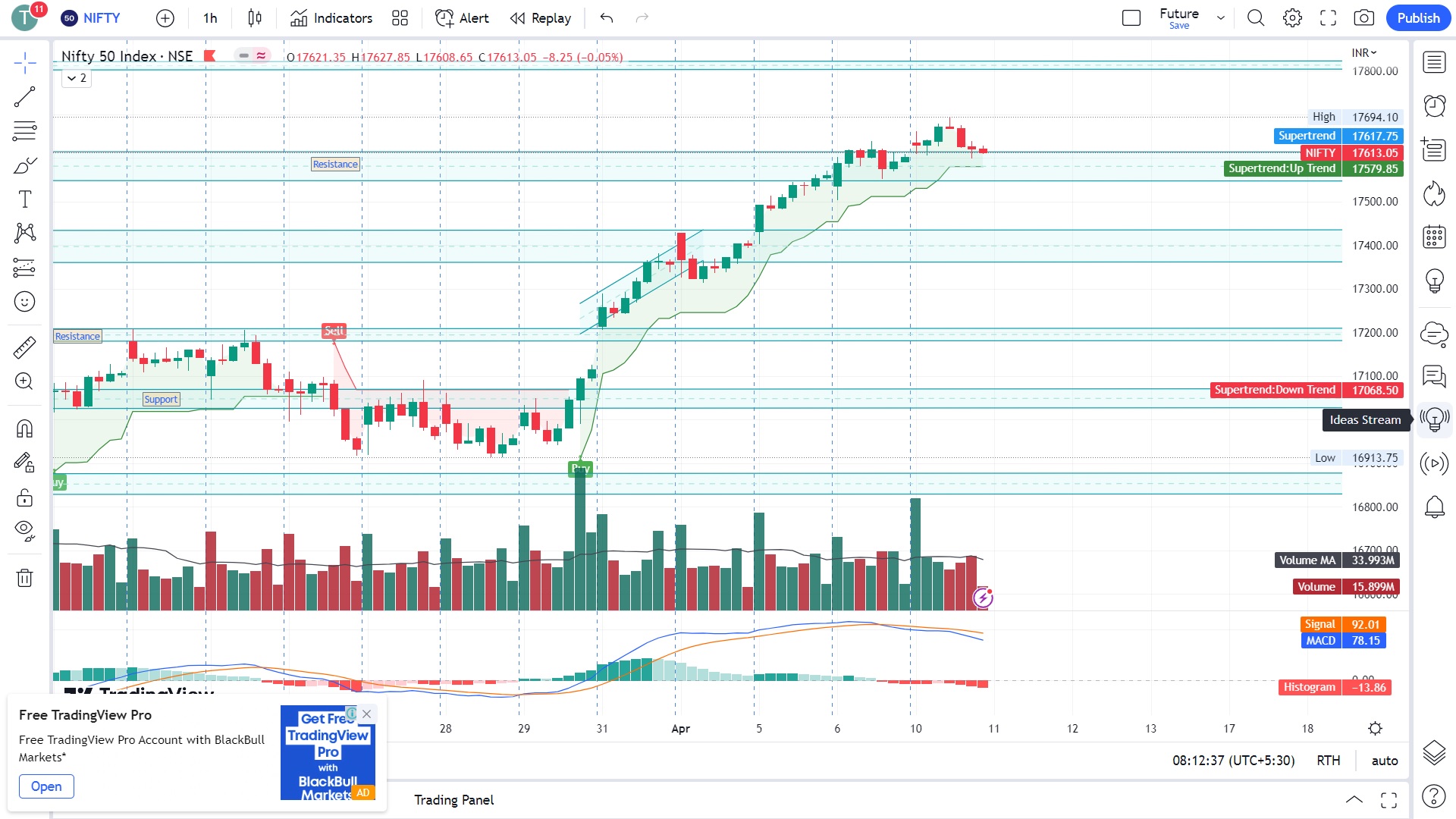Stop Loss – A Way of Trader’s Life
Blogs
The loss at your stop loss point must be small — which will not hurt you. Something like 2–5% of your capital depending on what you can afford to lose…[..]
Stop Loss is the single most important aspect of trading. The number one reason why people make big losses is that they do not keep stop losses. Think about it. If you cut your losses when they are small, how can there be big losses?
All these years, I have never seen anyone who blew up their account through 100 small losses. They all lost it in 4–5 big blow-ups.
This much, everyone will tell you. Let us dive deeper and look at the best practices of stop losses.
Best Practices
Small losses
The loss at your stop loss point must be small — which will not hurt you. Something like 2–5% of your capital depending on what you can afford to lose.
It is easy to correct your mistakes when they are small. It is easy to get out of small losses. It is emotionally tough to book large losses. So if the loss is large, there is a chance that you might hang on to it. Think sunk cost fallacy.
Set a deep enough stop loss
If the stop loss is too close to the entry point, market fluctuations can stop you out. You might ask, how can stop loss be deep and loss be small? Simple — by keeping the bet size small.
Enter near a support/ resistance.
Your entry point should be very close to a support or a resistance. Your stop loss should be at some distance from that so that you don’t get stopped out in volatility. If you enter far from the support or resistance, you will hang on to the trade to see if the support/ resistance holds. And if they break, your losses will be bigger than those when you enter near the support/ resistance.
Example: NIFTY has a 200 DMA support at 10200. Your entry should be between 10200 and say 10220, and your stop loss should be around 10170.
Yes, you might miss a trade or two. But there is always the next trade. Opportunity lost is better than money lost.
Your take profit has to be at least 2 times your stop loss.
This is not a simple rule, and there are nuances to it. But 2:1 is a good thumb rule. For example, on NIFTY, if your take profit is 50 points, your stop loss should be 25 points.
A stop loss order is an order placed in your terminal. Not a number in your mind
It is emotionally difficult to hit stop loss orders due to loss aversion. The only way you can be sure of hitting a stop loss order is when you place it in the system. So, keep the stop loss order as a market stop loss order at the time you enter the trade.
If you are trading illiquid instruments, your market SL order will get executed at a bad price. What is the solution? Do not trade illiquid instruments.
Once you enter a stop loss order in the system, do not change it when the market goes against you. That stuff never goes well
Enough said there, I suppose.
The above article is the taken from Sensibull Trading platform.
